Flavorful Tales: Discovering The Rich History Behind France’s Iconic Foods
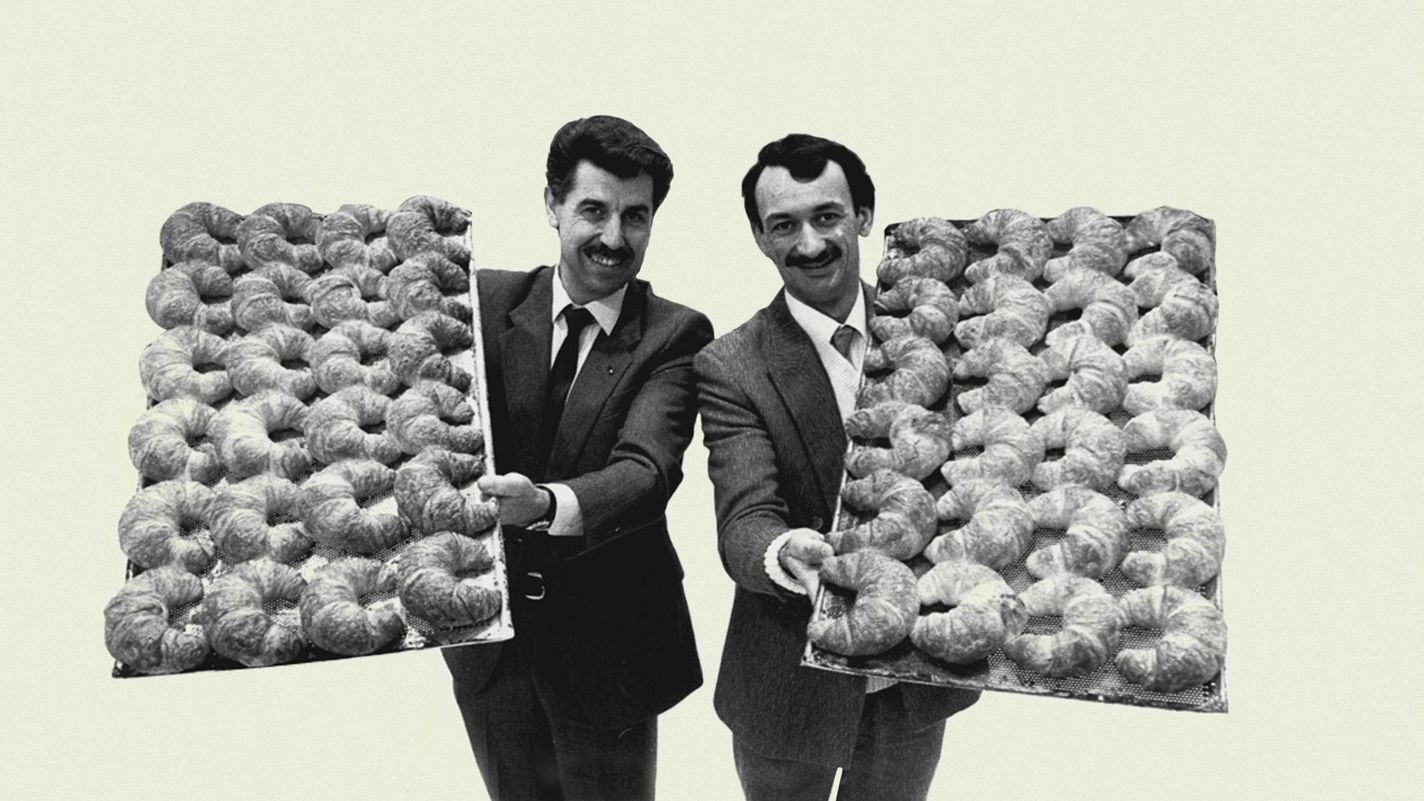
French cuisine is world-famous, and it’s not just for its incredible flavors. Each dish carries a piece of history, making French food a rich cultural experience.
Have you ever wondered about the origins of these classic recipes and their intriguing names? You’re in for a treat!
Let’s explore the buttery and sometimes surprising stories behind some of France’s most iconic dishes.
1. An ‘accidental’ delight: Tarte Tatin
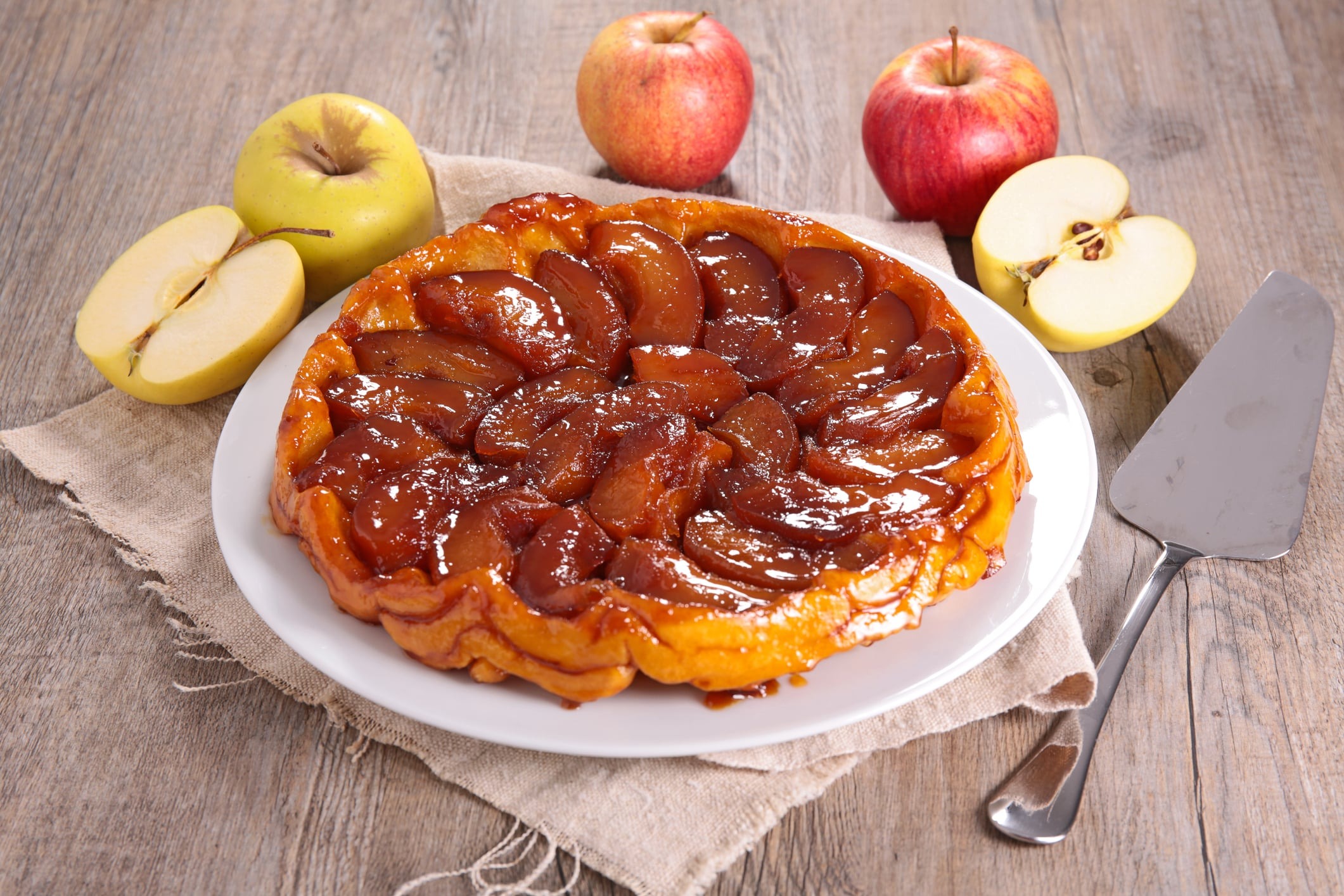
First up is the delightful Tarte Tatin, an upside-down caramelized apple tart with a charming origin story. The Tatin sisters, Caroline and Stéphanie, brought this beloved dessert to life in 19th-century France.
They managed Hotel Tatin in Lamotte-Beuvron, where a serendipitous twist of fate led to the creation of this treat.
During a bustling hunting season, Stéphanie is said to have salvaged an overcooked apple pie by flipping it upside down, transforming it into a delectable caramelized tart.
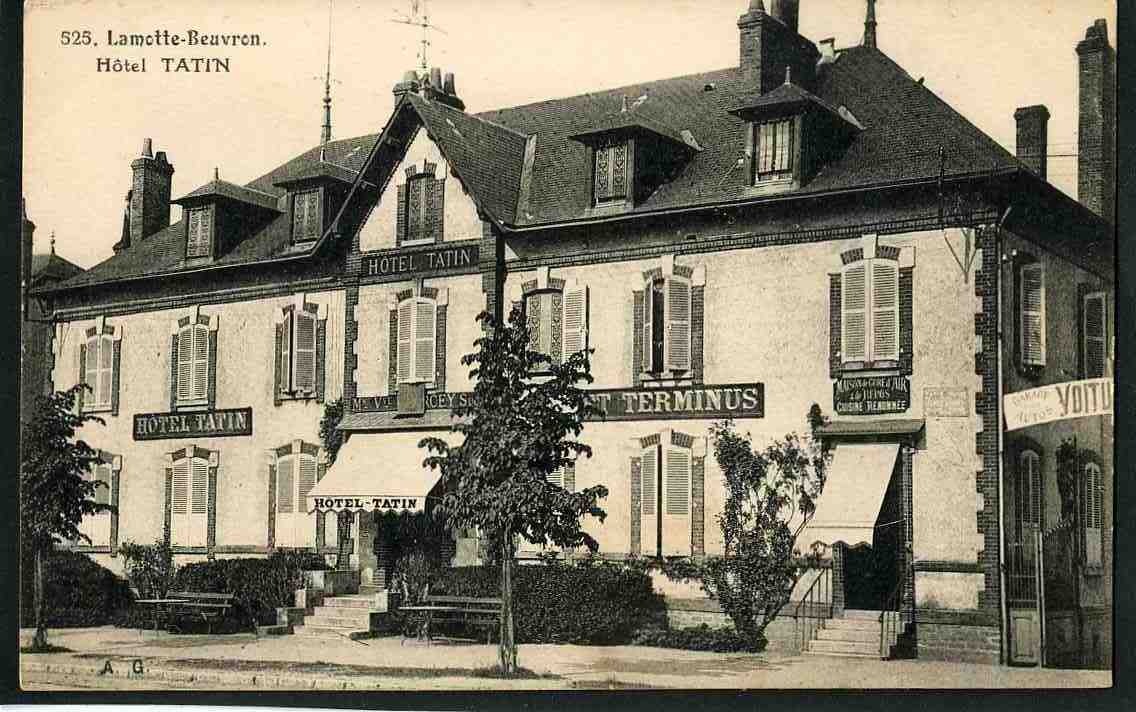
Though the ‘accidental creation’ story is debated, Tarte Tatin eventually became a cherished French classic.
Its popularity soared in the 20th century thanks to French chef Curnonsky, who named the tart after the Tatin sisters and added it to the prestigious Parisian restaurant Maxim’s menu.
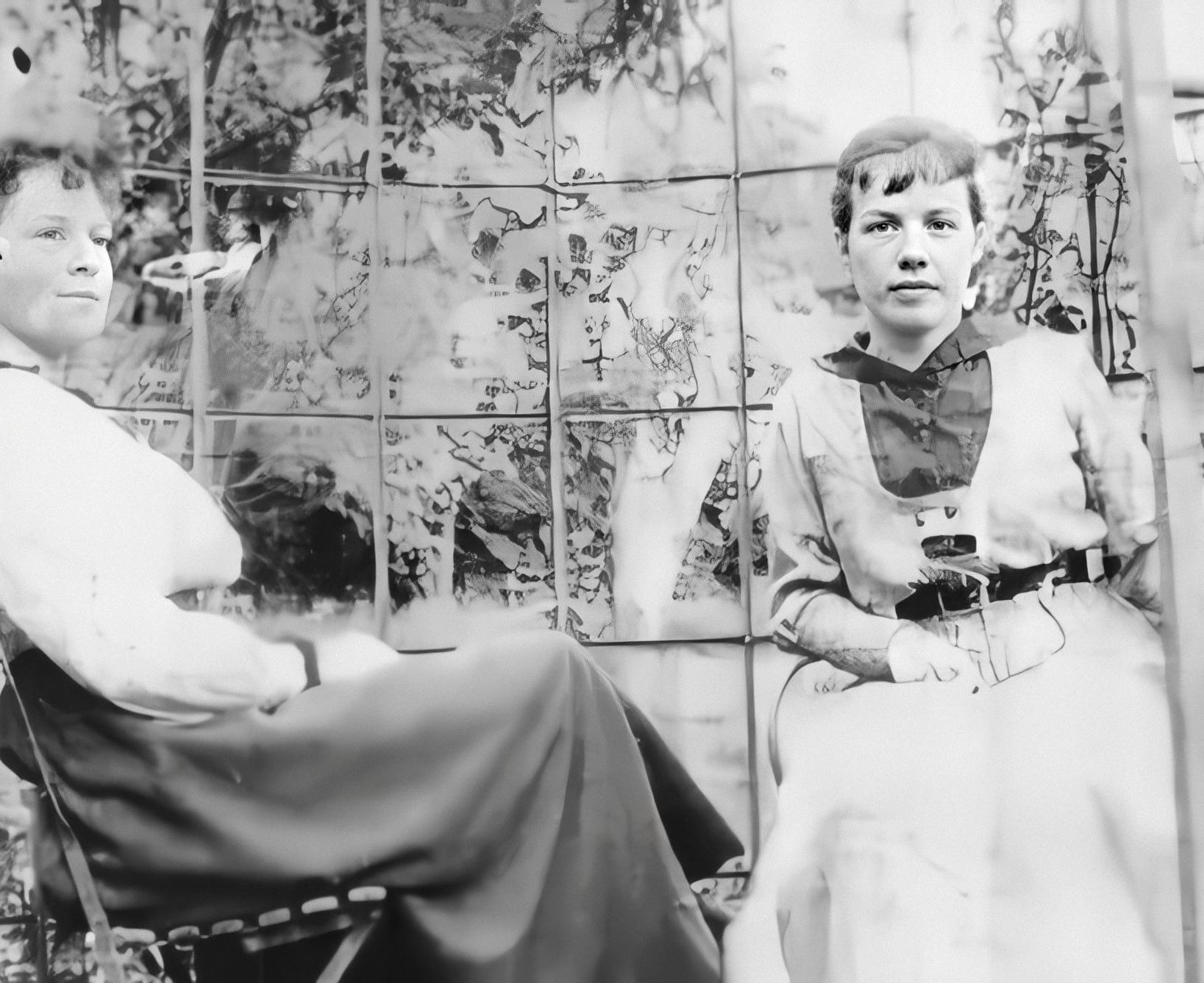
Fanny Tatin is listed as the head of the household, and Caroline is noted as an innkeeper. The household also included Fanny’s daughter-in-law, Berthe, and her granddaughter, also named Caroline, born in 1899.
2. An Opera-worthy dessert: Peach Melba
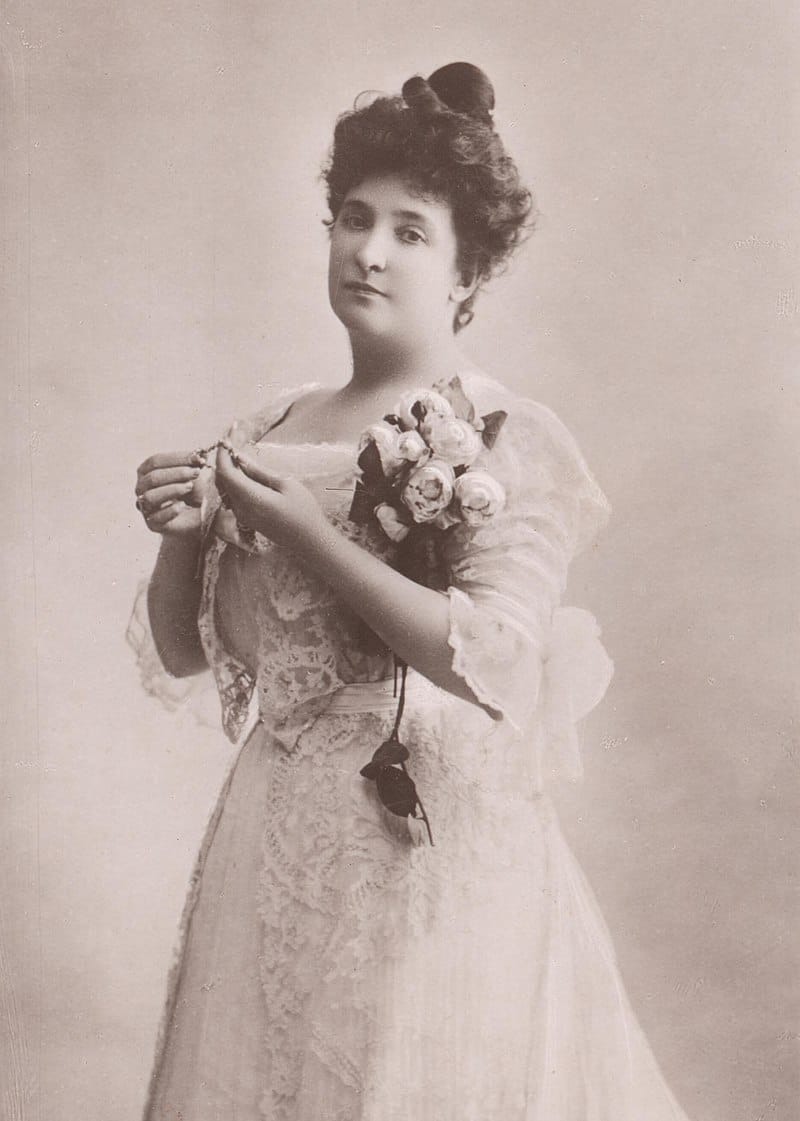
Peach Melba, a beloved dessert, was created by the renowned French chef Auguste Escoffier as a tribute to the celebrated Australian opera singer Nellie Melba.
The dish was first introduced in 1892 during a dinner party hosted by the Duke of Orleans in honor of Melba, who had captivated audiences with her performance in Wagner’s “Lohengrin” at Covent Garden.
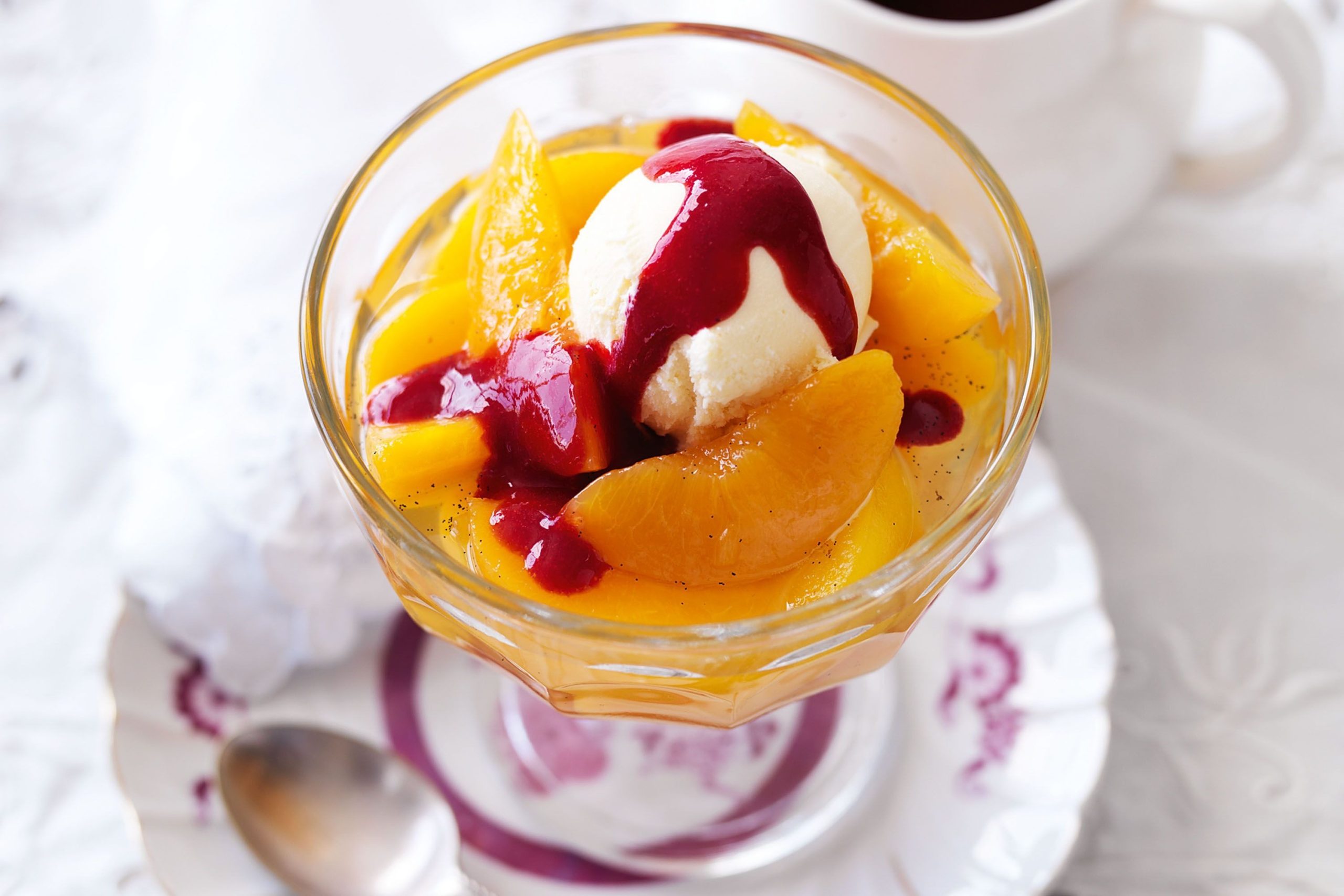
At the Savoy Hotel, the head chef Escoffier crafted a dessert initially named “Pêche au Cygne” or “Peach with a Swan.”
This creation featured peaches, vanilla ice cream, and raspberry sauce, elegantly presented in a swan-shaped ice sculpture to symbolize Melba’s role as the “Swan Knight.” Later, Escoffier refined the recipe and renamed it “Peach Melba” in her honor.
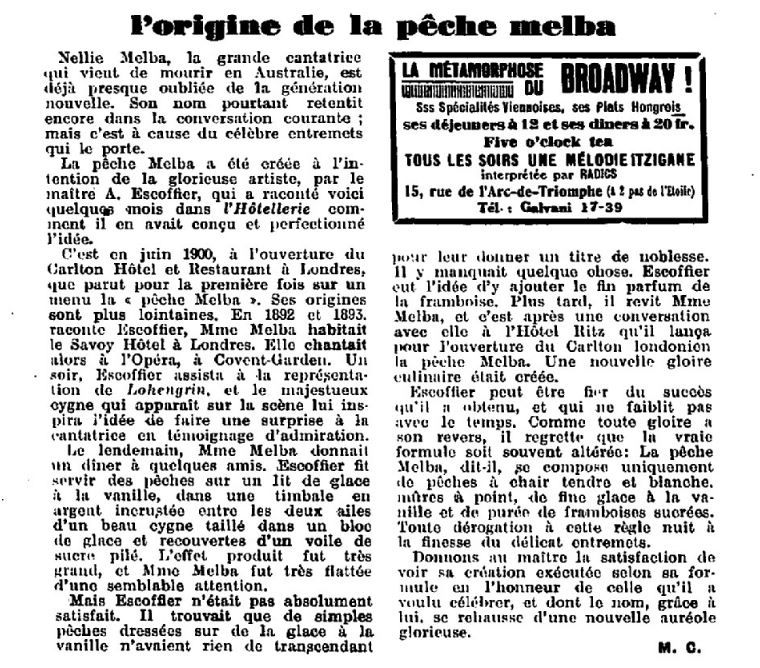
An article from “La Semaine à Paris” highlights the dessert’s legacy: “Nellie Melba, the great singer who has just died in Australia, is already almost forgotten by the new generation.
Her name, however, still resounds in current conversations; but it’s because of the famous dessert that bears it.”
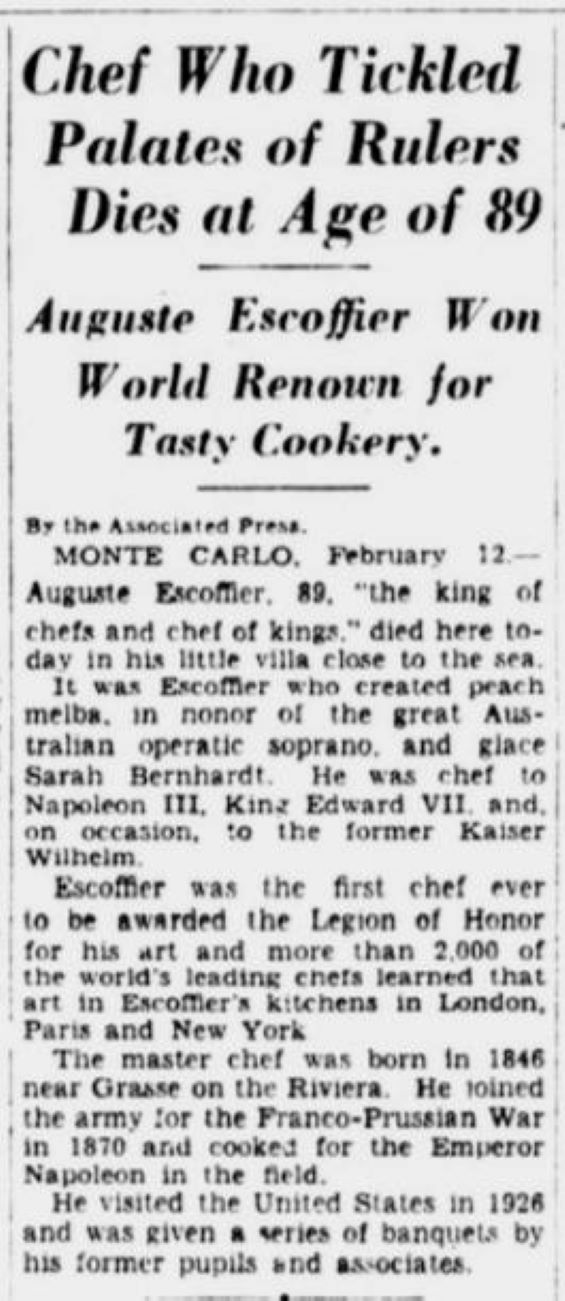
Escoffier championed the purity of his creations, noting, “The Peach Melba consists solely of peaches with tender and white ripe flesh, fine vanilla ice cream, and sweetened raspberry puree. Any deviation from this rule harms the finesse of the delicate dessert.”
3. Igniting flavors: Crêpes Suzette
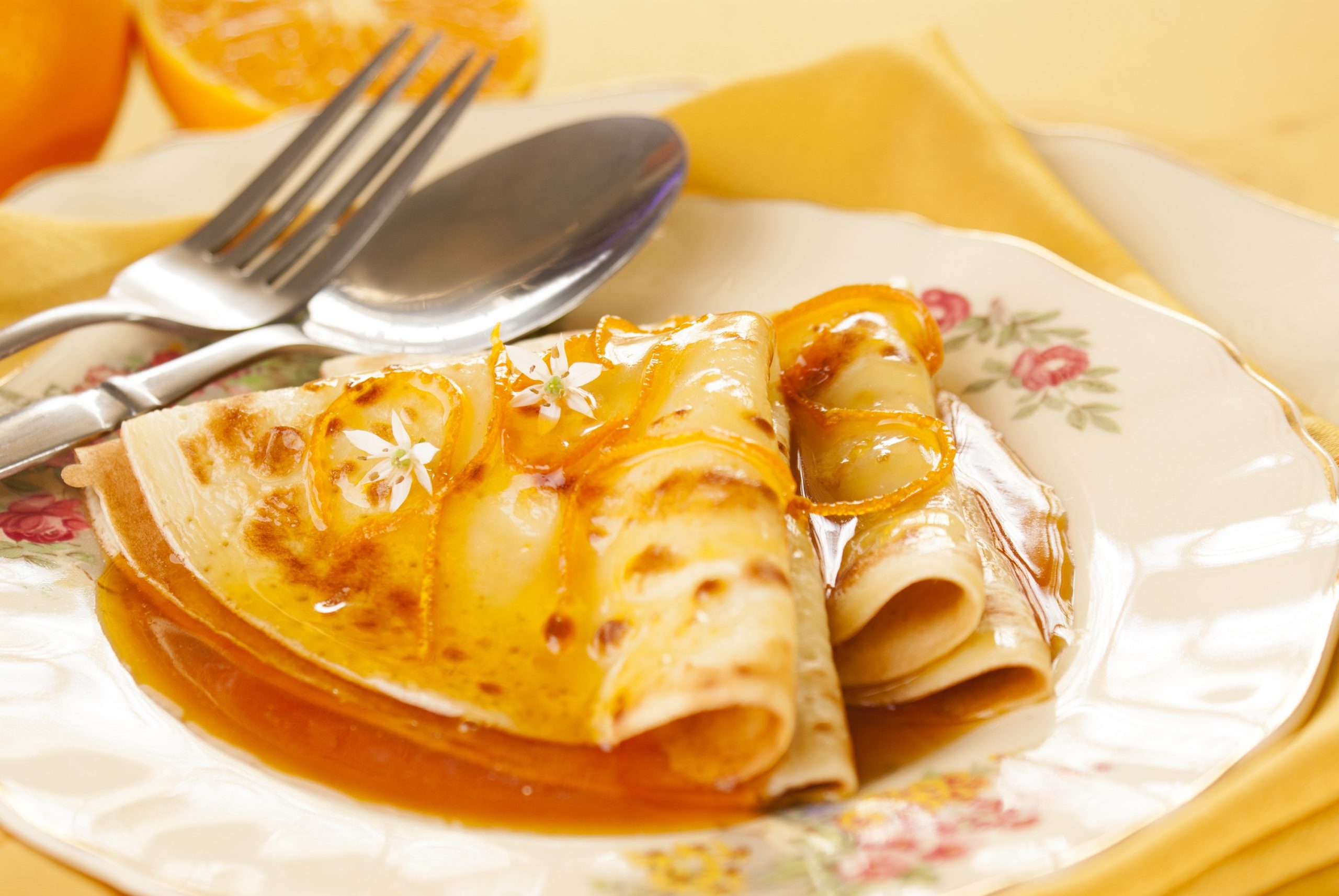
Crêpes Suzette, the elegant French dessert with its signature citrus sauce, has an intriguing backstory from the late 19th century.
The tale goes that in 1896, a 14-year-old apprentice named Henri Charpentier at the Café de Paris in Monte Carlo made an accidental flambé of a sugar, tangerine, and liqueur sauce while preparing crêpes for the Prince of Wales, who would later become King Edward VII.
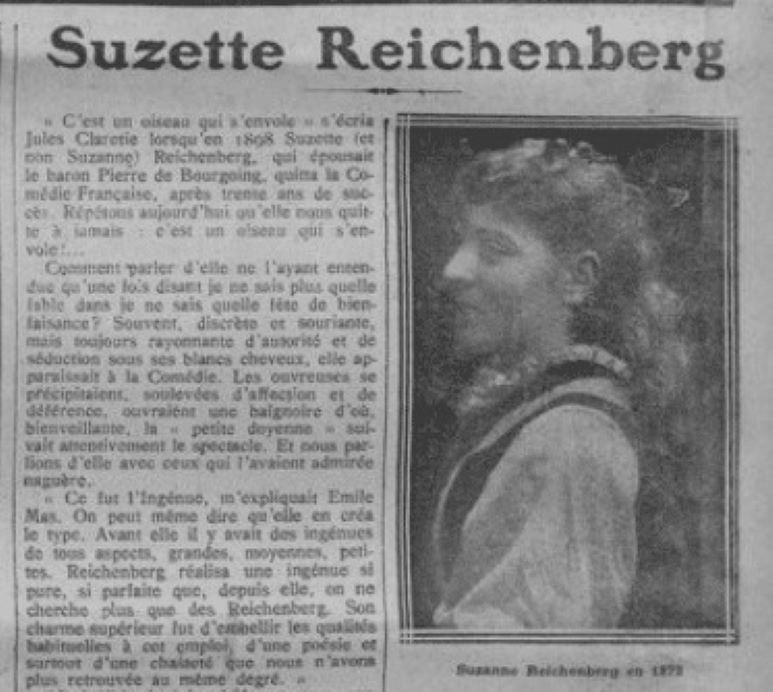
Impressed by this delicious mishap, the prince requested that the dessert be named after his companion, Suzette Reichenberg.
Charpentier, who later gained fame as a chef, shared this story in his autobiography. However, some credit the creation of Crêpes Suzette to Auguste Escoffier, Charpentier’s mentor, as the recipe also appears in Escoffier’s influential “Guide Culinaire.”
4. From foreign origin to French staple: The baguette and croissant

The baguette and croissant, iconic symbols of French baking, were introduced to France by Austrian August Zang. Arriving in Paris in the 1830s, Zang established “La Boulangerie Viennoise,” showcasing Viennese baking techniques that would shape modern French pastries.
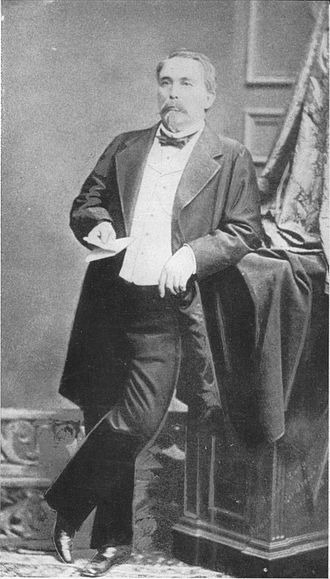
Originally, these baked goods were symbols of Austrian triumph over the Turks, but Zang’s adaptations tailored them to French palates. His influence made these pastries integral to France’s culinary heritage.
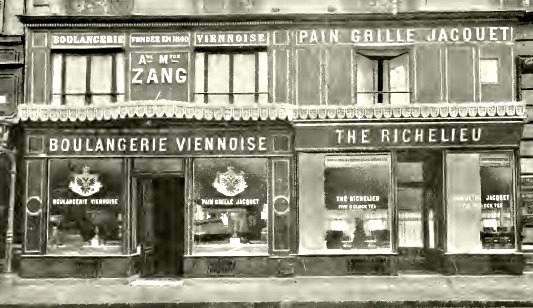
The original Boulangerie Viennoise, a Viennese bakery, was located at 92 rue de Richelieu in Paris around 1909.
5. From fishermen’s catch to a regional classic: Bouillabaisse
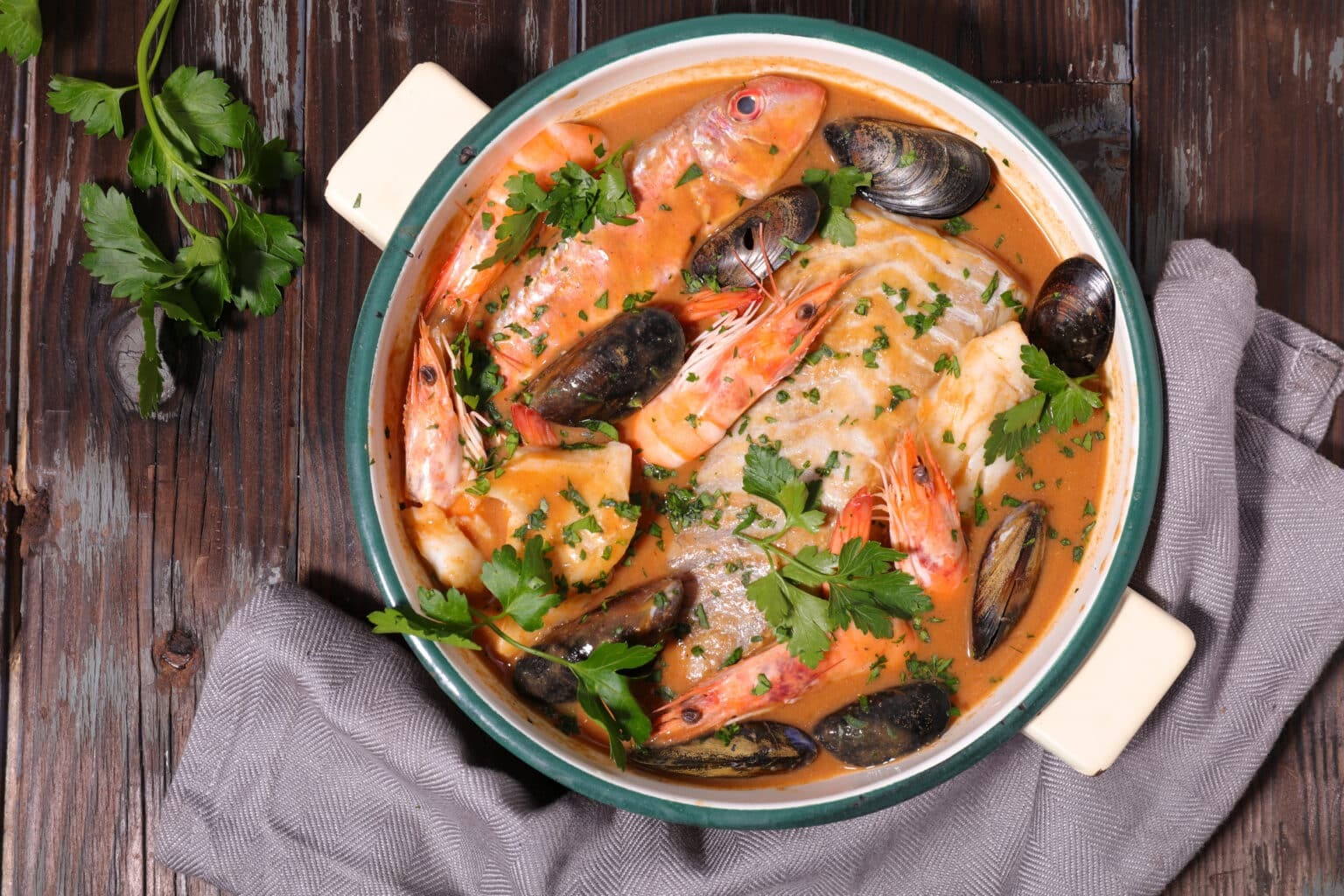
Did you know the name “Bouillabaisse” comes from a Provencal phrase meaning “to boil and reduce”? This renowned fish stew has its origins in Marseille, where it was traditionally crafted by fishermen using the day’s unsold catch.
Originally a humble meal for the working class, Bouillabaisse has transformed into a celebrated regional specialty.
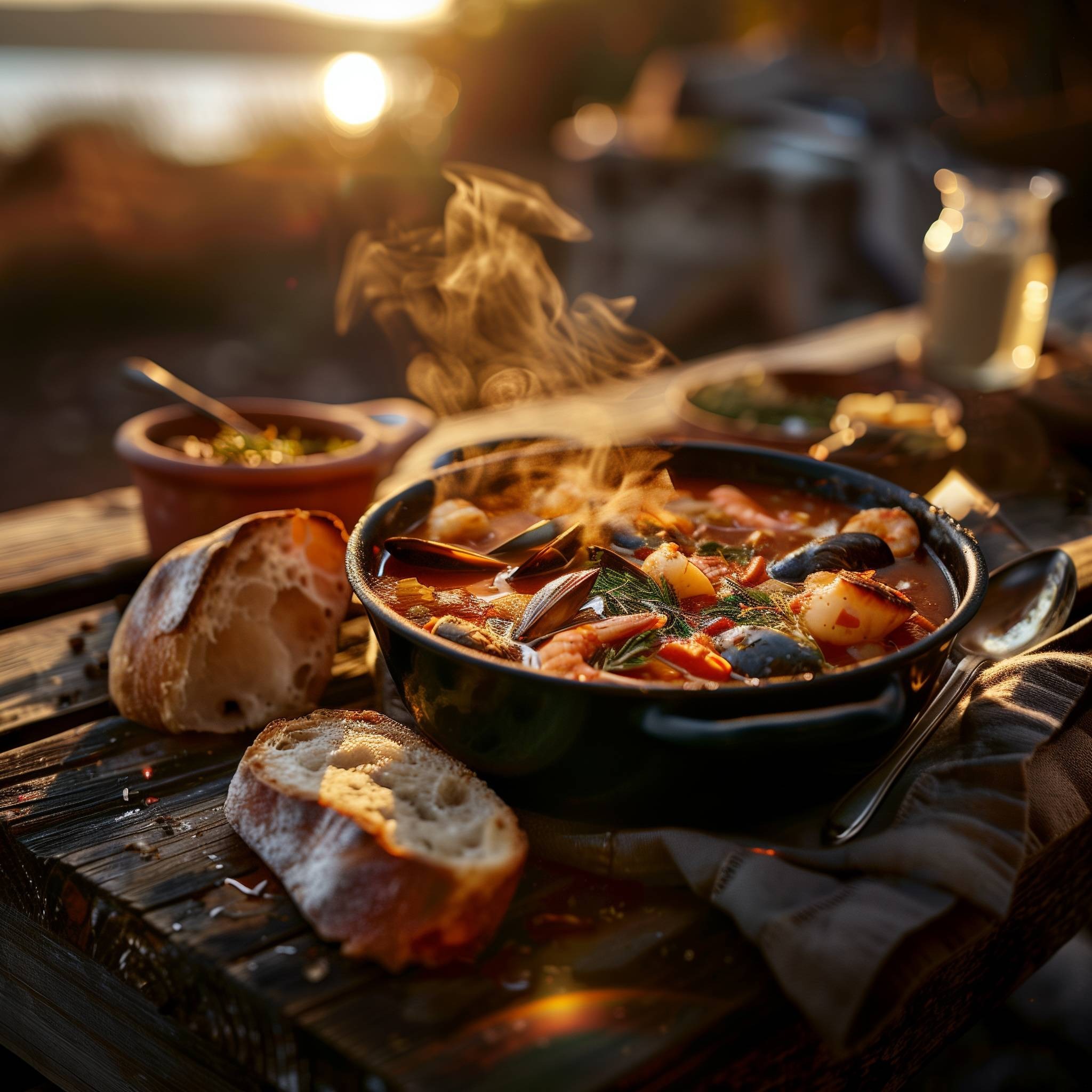
Jean-Baptiste Reboul, a French chef from Marseille (1862-1926), played a significant role in documenting and popularizing Bouillabaisse. In his influential cookbook, “La Cuisinière Provençale,” Reboul preserved the traditional recipe.
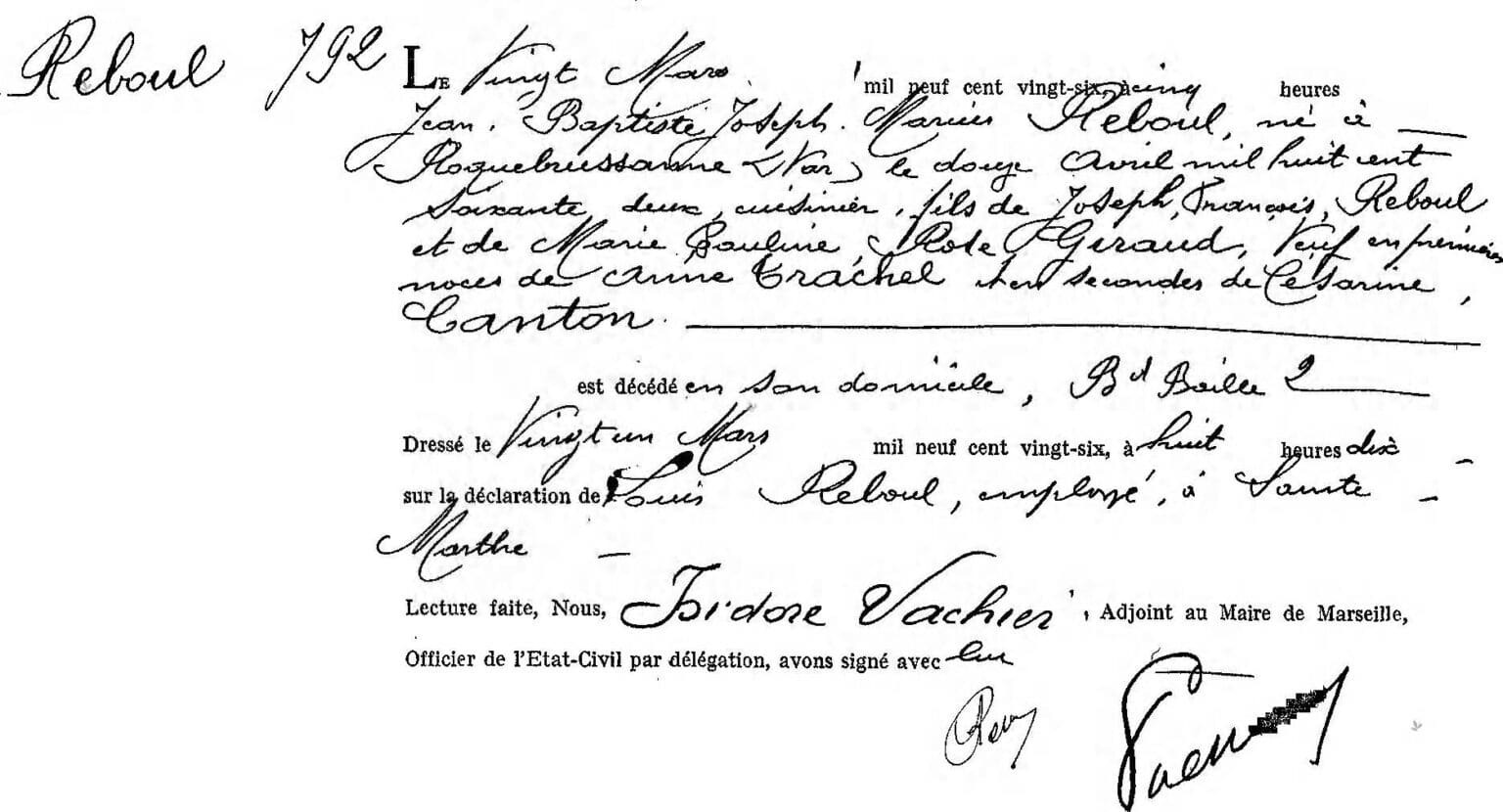
His method details the use of various fish like conger eel, red rascasse, sea robin, and European hake, along with a flavorful broth made from onions, tomatoes, and bouquet garni.
The dish is served with the fish and broth separately, typically accompanied by rouille and slices of bread.
6. Elegance in simplicity: Pommes Anna and the éclair
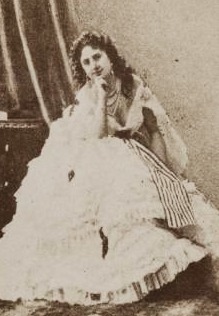
Pommes Anna is a timeless French dish featuring thinly sliced, layered potatoes. Named after Anna DesLions, a celebrated 19th-century courtesan, this dish was created during Napoleon III’s reign by Chef Adolphe Dugléré at Paris’s prestigious Café Anglais.
Dugléré, a protégé of the esteemed chef Marie-Antoine Carême, designed this recipe to showcase simplicity and elegance.
The method involves layering potatoes in a buttered dish, seasoning with just salt, and baking until the result is a cake-like formation with a crisp, golden exterior and a tender, buttery interior.
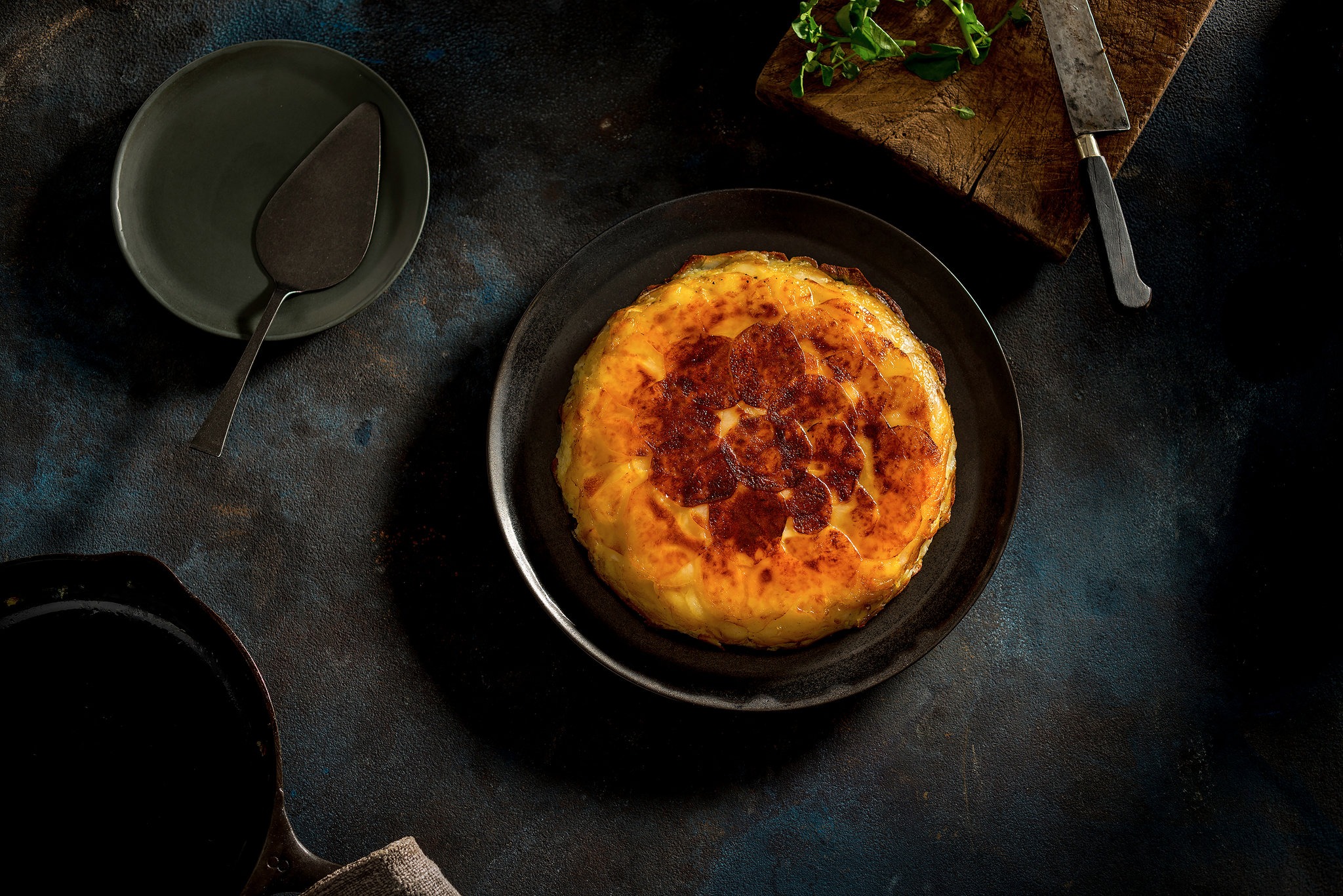
The éclair, named from the French word for “lightning,” may refer to its shiny glaze or how quickly it’s devoured. This pastry likely originated in the early 19th century at Paris’s Maison Frascati.
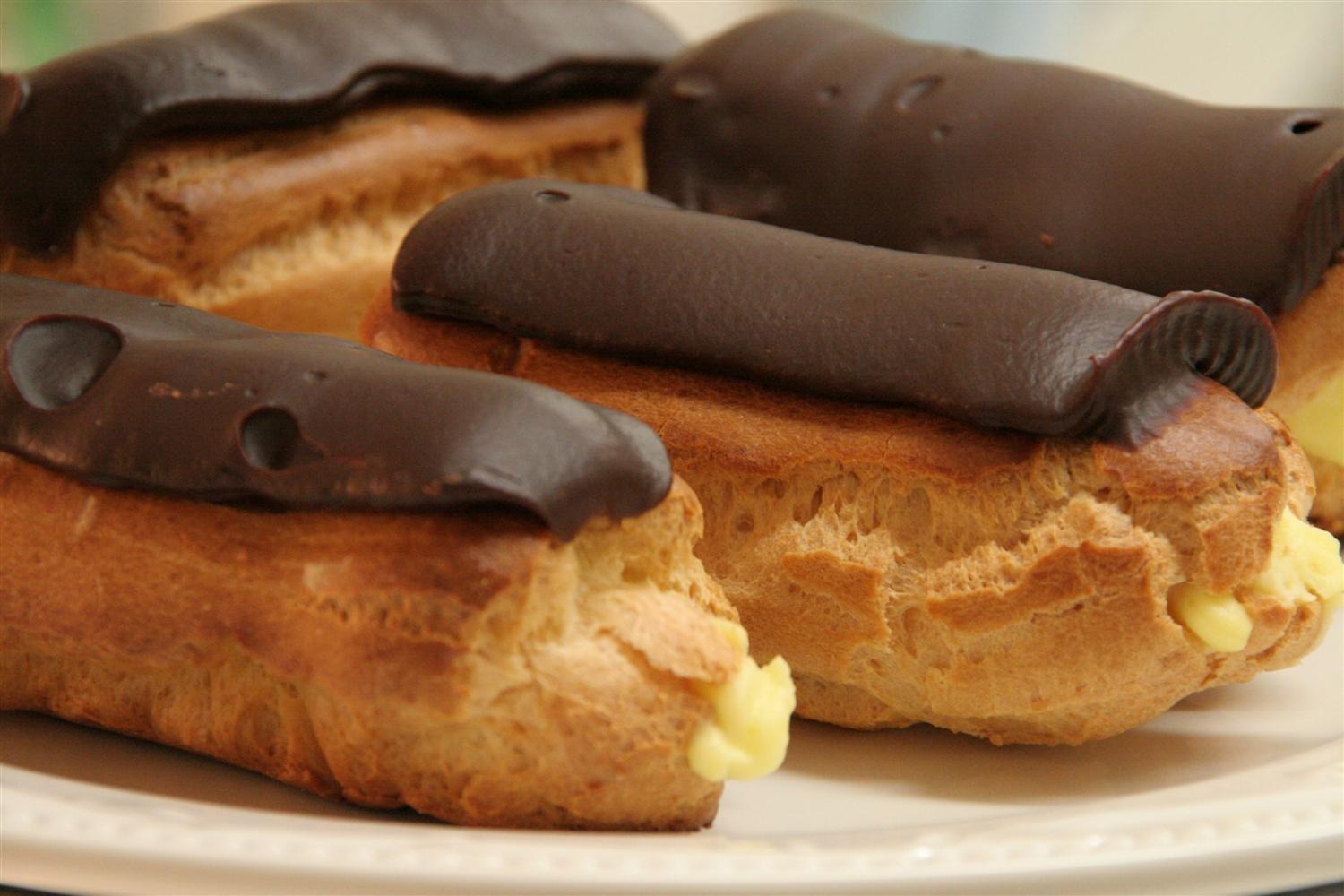
Marie-Antoine Carême, a renowned pastry chef known for his elaborate creations and contributions to French cuisine, is credited with its creation.
Initially known as “pain à la duchesse” or “petite duchesse,” the éclair’s name and recipe were popularized around 1850.
7. A classic sauce: Béchamel
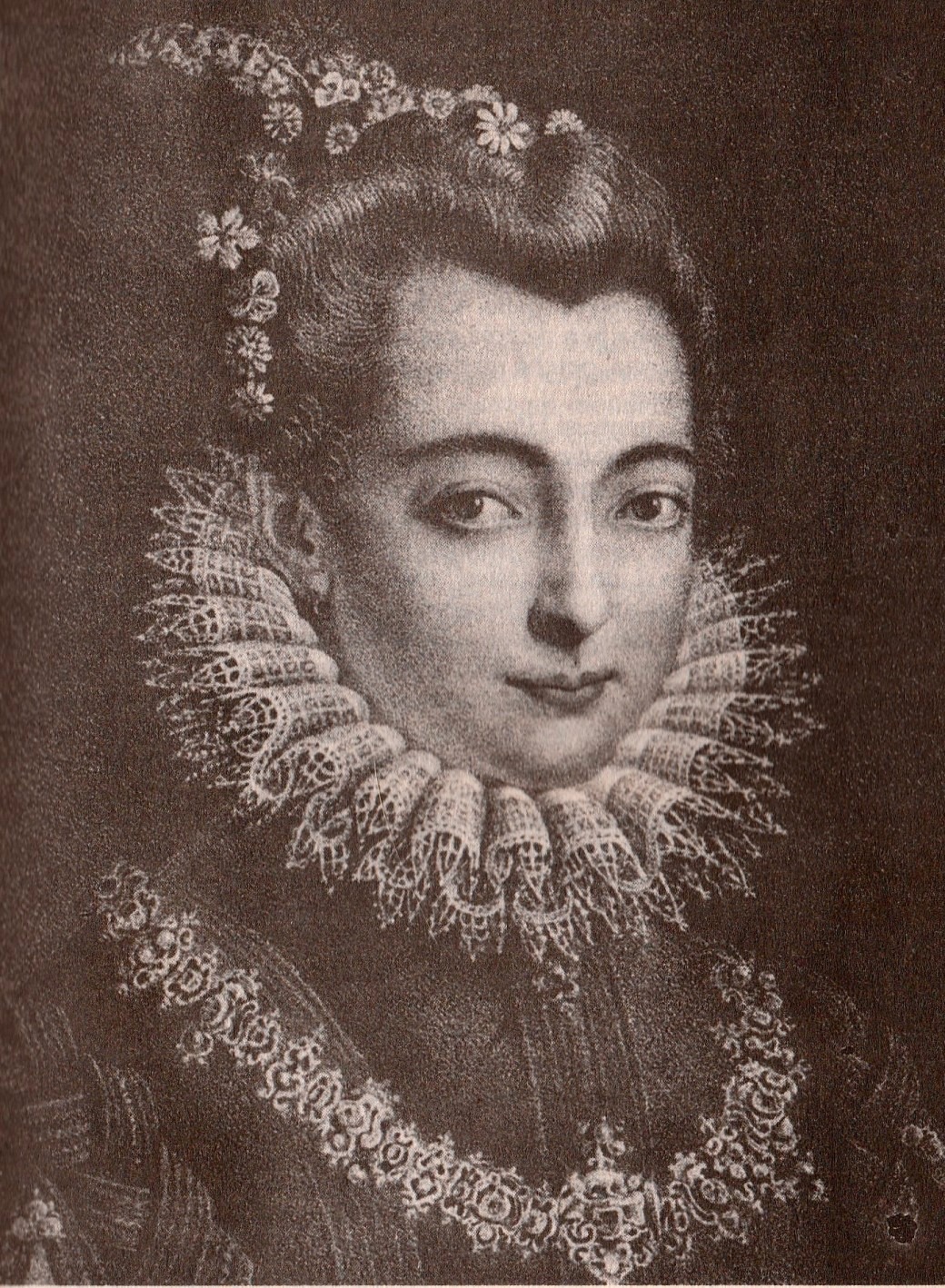
Béchamel sauce, a key element of French cooking, was brought to France by Catherine de’ Medici in 1533.
This creamy, versatile sauce gained prominence in the court of King Louis XIV, where it was associated with Louis de Béchamel, a courtier who sought to elevate the presentation of dried cod.
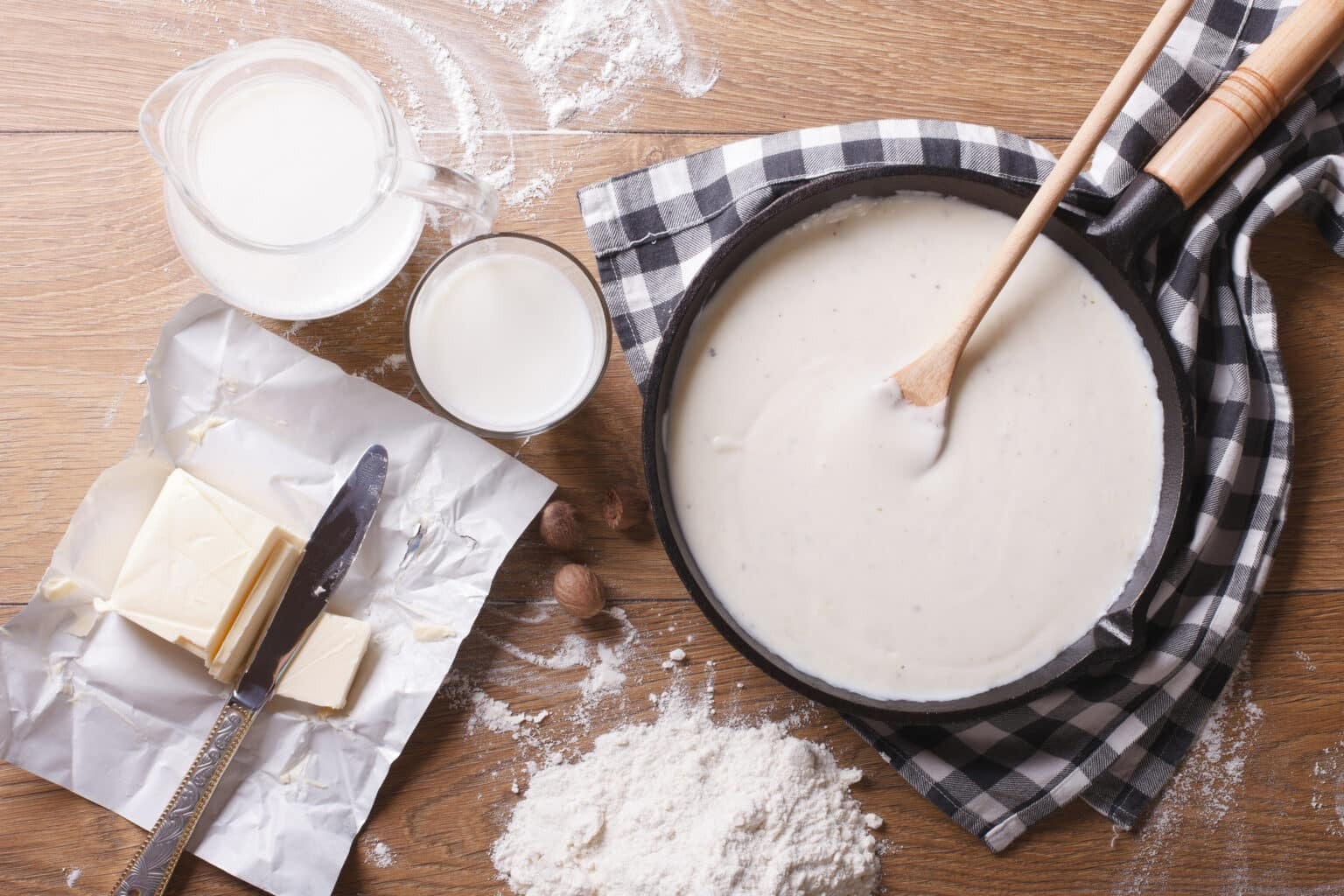
Although not a chef himself, de Béchamel’s name became linked with the sauce. The Béchamel we know today—a simple blend of roux and milk—was refined and formalized by the renowned chef Marie-Antoine Carême in the 19th century.
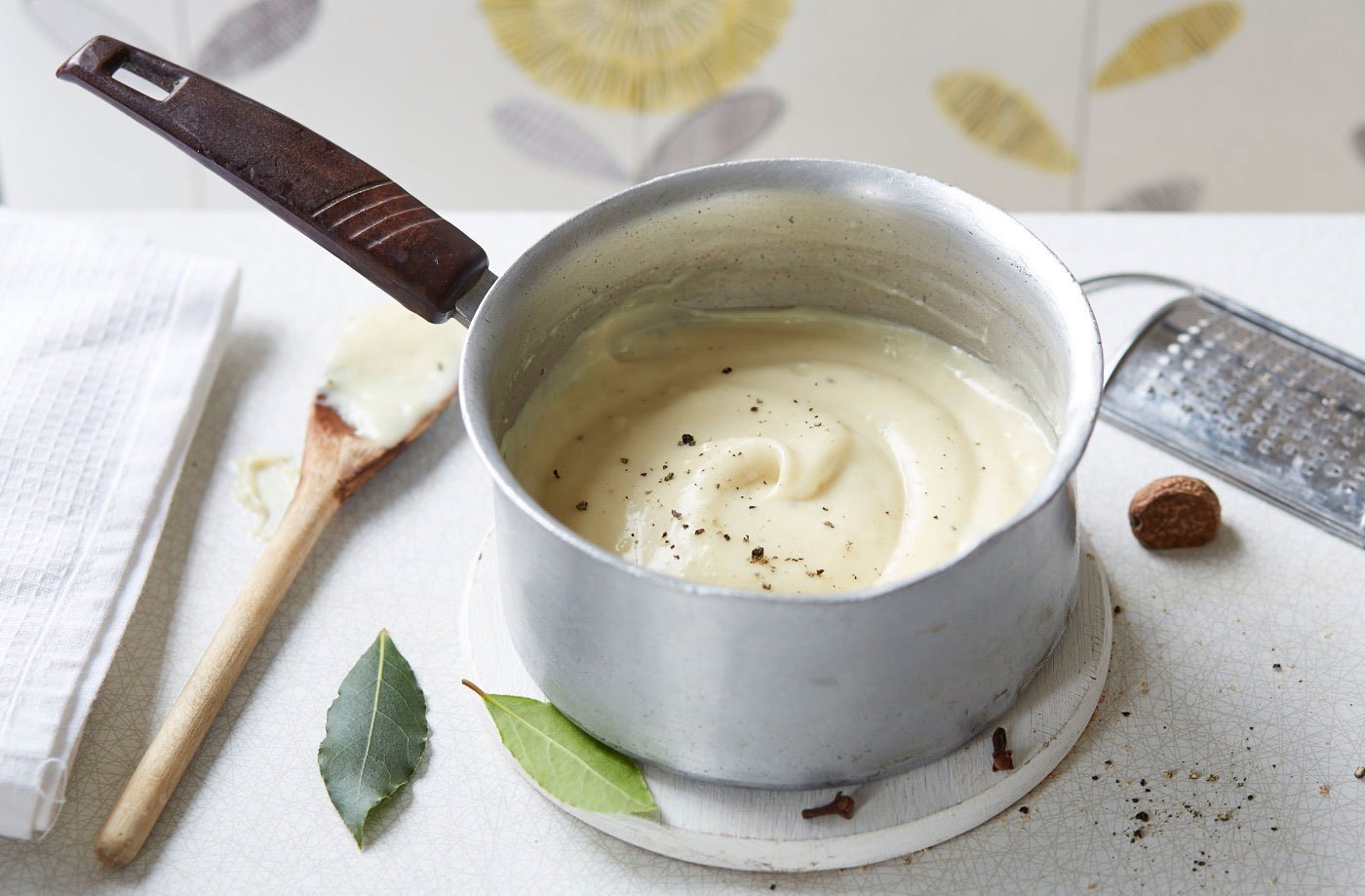
Its smooth texture and subtle flavor make it an ideal base for a variety of dishes, from lasagna to soufflés, securing its place as a global culinary staple.
8. Nostalgia on a plate: Madeleines and Chateaubriand
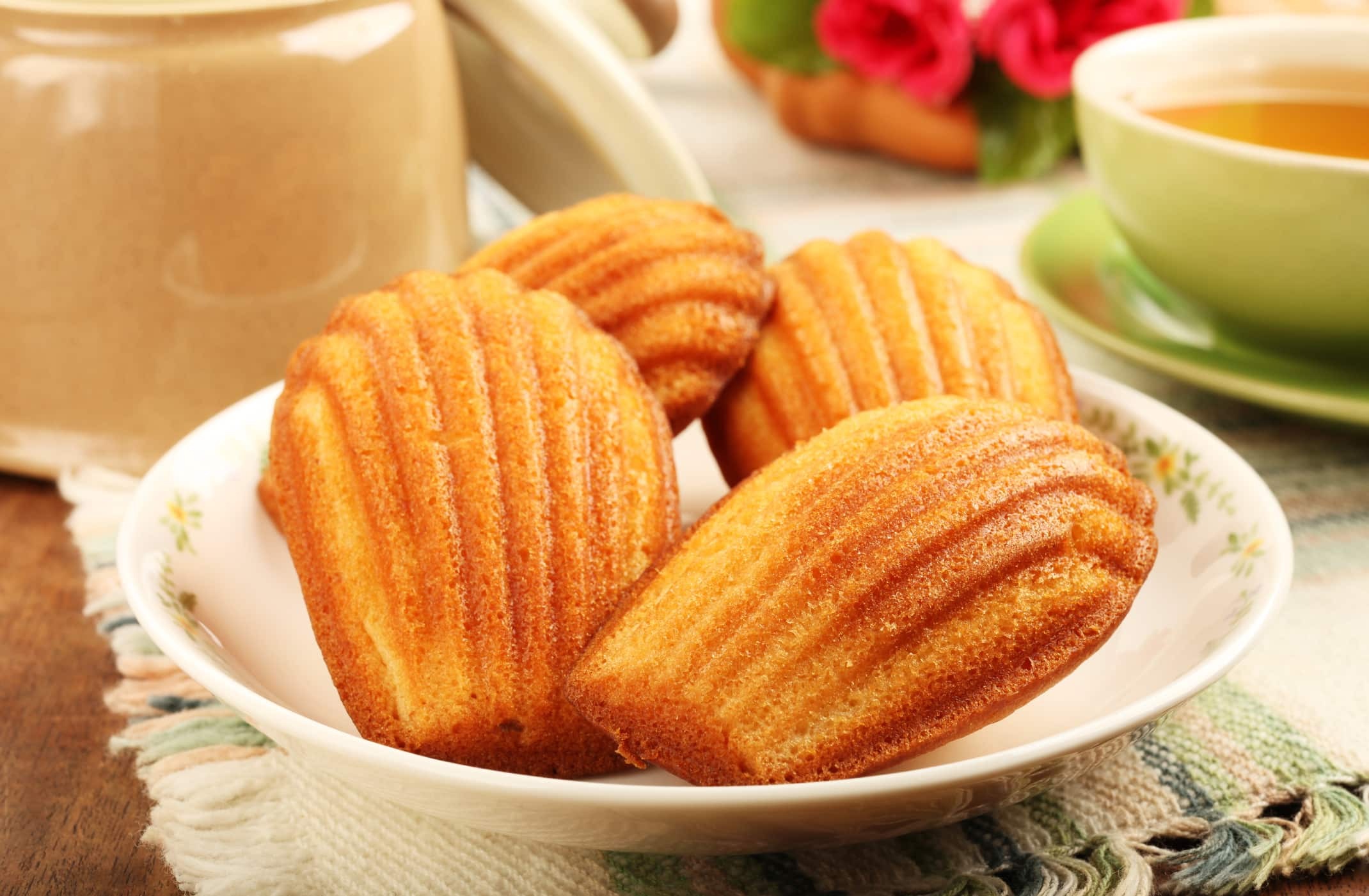
Madeleines, those charming shell-shaped cakes, have a fascinating history rooted in the 18th-century town of Commercy in France’s Lorraine region. Legend has it that they were created by a maid named Madeleine Paulmier.
She served these delightful treats at a feast hosted by the exiled Polish King Stanislas Leszczyński. The king was so taken with the cakes that he named them after Madeleine.
Later, his daughter Maria, who was married to Louis XV, brought them to the French court, elevating their status. By the 20th century, Commercy had turned these cakes into a local specialty, selling them in decorative boxes at the railway station.
Their place in French culture was solidified by Marcel Proust’s famous novel “In Search of Lost Time,” where a madeleine evokes the narrator’s cherished memories.
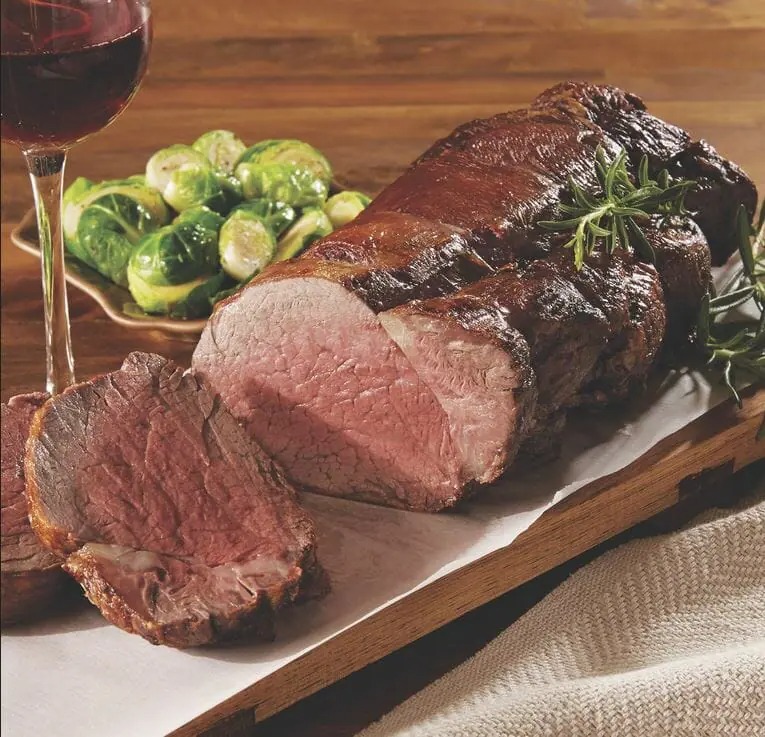
Chateaubriand, the dish named after the French writer and diplomat François-René de Chateaubriand, also carries a rich history. This meal features a tender cut of beef from the tenderloin, traditionally roasted and served with Béarnaise sauce.
While the exact link between Chateaubriand and the dish remains somewhat unclear, it’s widely believed that it was crafted by his personal chef, Montmireil. The dish was either inspired by Chateaubriand’s refined palate or created as a tribute to his distinguished taste.

